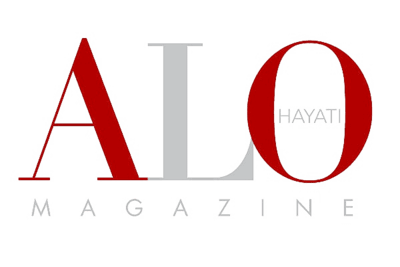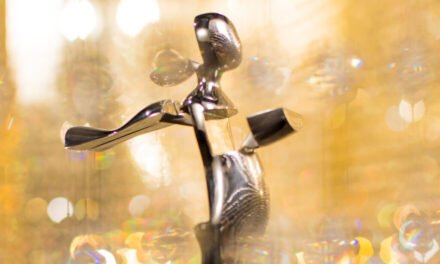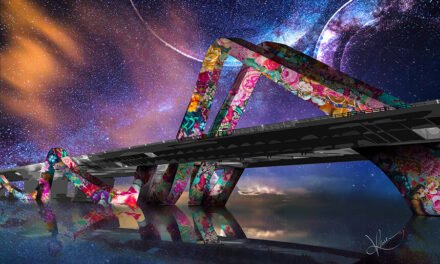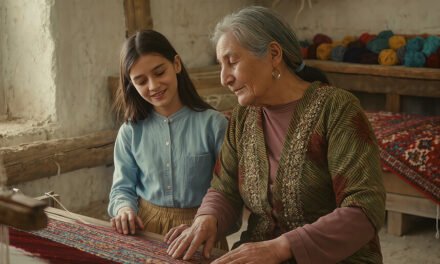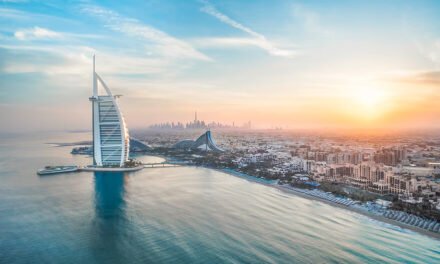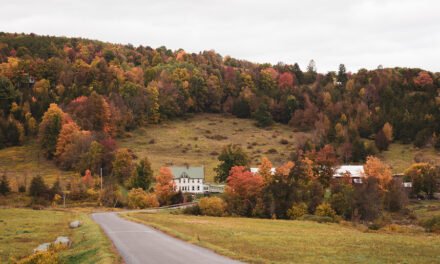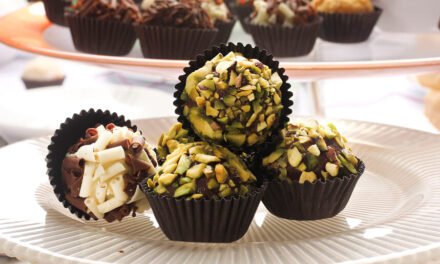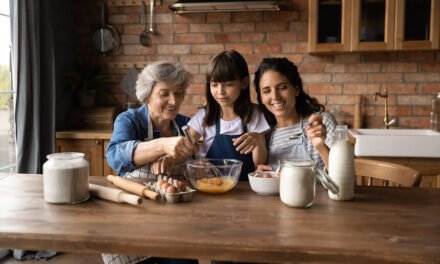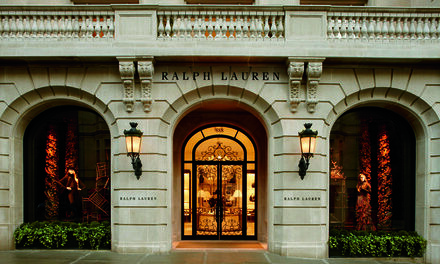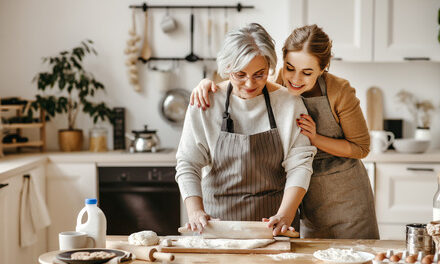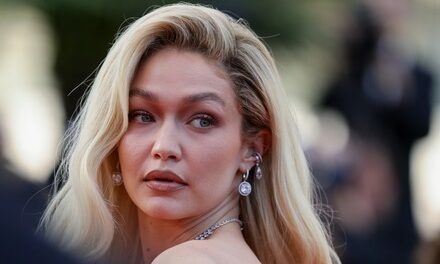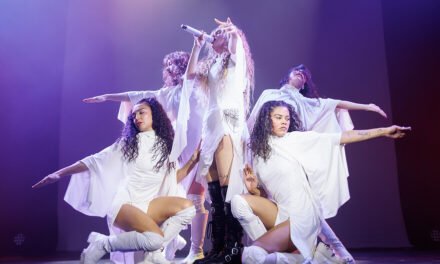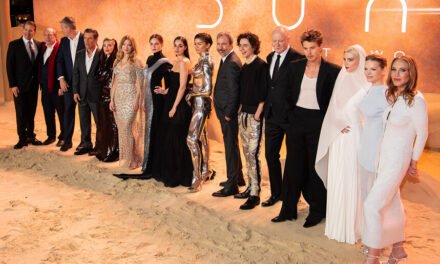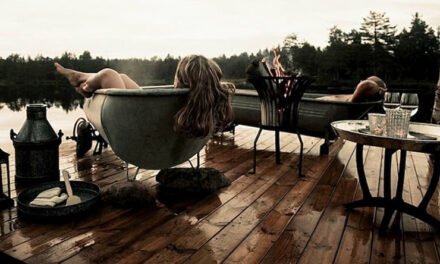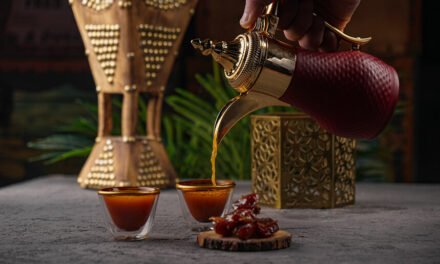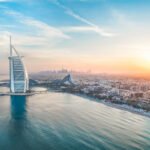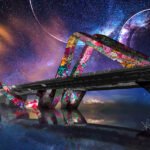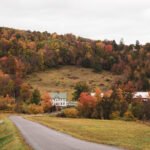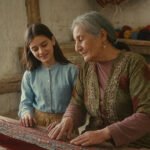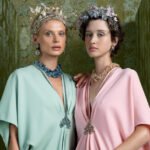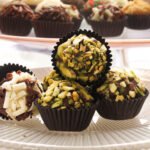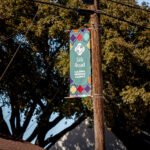Majd Kurdieh, Untitled (You Are the Dawn of the Land), 2025, Oil on canvas, 120 x 90 cm.
In an age where identity is constantly reshaped by diaspora, dialogue, and disruption, a new generation of artists from the Middle East and North Africa (MENA) is stepping forward—not to explain their origins, but to express them. At this year’s VOLTA Art Fair, a powerful cross-section of artists is offering global audiences a reframed view of the region: one marked not by headlines, but by metaphor; not by policy, but by poetry.
Curated by Beirut-based writer and curator Randa Sadaka, the selection is both intimate and expansive, threading together artistic practices from Saudi Arabia, Egypt, Lebanon, Iran, Syria, the UAE, and beyond. Each artist was chosen not simply for technical mastery, but for their courage in traversing transformation, memory, and cultural multiplicity. “[Their work] Reflects the diversity of MENA identities, histories, and contemporary struggles with an inclusion of politically and socially engaged works dealing with displacement, identity, and transformation,” says Sadaka. “Some artists allude to artistic heritage, while others speak of taboos, politics, and history, reflecting on the changes experienced within their societies.”
A Constellation of Voices
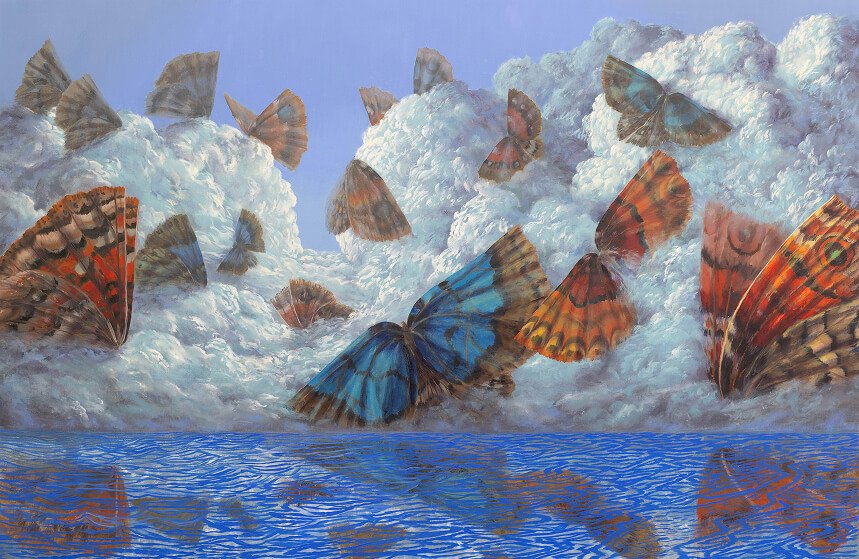
Majd Kurdieh, Soul, 2025, oil on canvas, 120 x 90 cm.
Among the standout figures is Iraqi painter Serwan Baran, whose bold acrylic strokes tackle masculinity and memory with an almost militant visual force. Syrian artist Rabee Kiwan crafts layered portraits that play with form to express heightened emotional states. Egyptian sculptor Khaled Zaki fuses ancient aesthetics with contemporary form, invoking a timelessness that bridges millennia.
Then there is Souad Abdelrasoul, who envelops feminine forms in surreal botanical dreamscapes—mythical, maternal, and defiantly modern. And Majd Kurdieh, a Syrian artist known for his delicate linework and poetic titles, whose whimsical figures veil profound truths.
“Every time I watch the sunrise, a spark of art ignites,” Kurdieh tells ALO. “Art is like a mother, we don’t remember when we first saw it.” His work is infused with a lyrical tenderness, an interplay of image and verse. “In the Middle East, the greatest impact is made by words,” he says. “So using poetry with drawing has been a hallmark of my work.”
This merging of visual and verbal storytelling allows Kurdieh to gently confront themes of humanity and belonging. “It’s a huge challenge,” he reflects, “because I know I am an extension of many diverse, intertwined civilizations that date back to the dawn of humanity. Perhaps this has taught me to belong to humanity, not just ethnic or geographic divisions.”
Material as Message
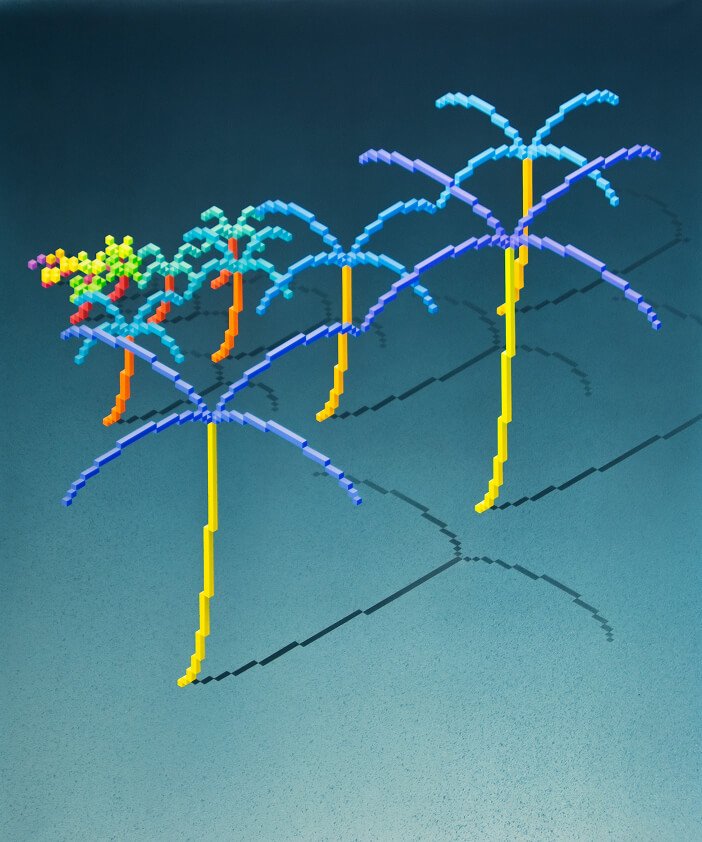
Pavlos Tsakonas, Cluster, 2024, 180 x 150 cm. Courtesy of DepoDarm.
For Greek artist Pavlos Tsakonas, exhibiting with Depodarm Gallery, the relationship with art wasn’t born from a single moment of revelation, but “a constant process of observation, repetition and reconfiguration.” It’s an evolving language shaped by early fascinations with “grids, rhythms and systems,” and an accumulation of small impressions—“a line etched into a wall, a material found on the street, the geometry of city scaffolding.”
His current series, Virtues and Vices, explores moral and psychological concepts not through depiction, but through form. “I try to translate abstract ideas such as resilience, doubt, pride, or generosity into visual language… creating images that hold their intensity or ambiguity.” Often working with acrylics, pencils, wood, and found objects, he favors simple materials that “come together naturally,” allowing rhythm and context to lead the composition.
Culture, for Tsakonas, is not fixed but fluid. “My cultural background shapes my work less as a fixed identity and more as a layered set of references—historical, social, and spatial.” Rather than relying on traditional symbols, his work investigates “how meaning is constructed through repetition, fragments, and the reuse of forms.” In this sense, culture becomes “something constantly reorganized—much like the urban environments that inspire my processes.”
His goal is not to dictate meaning but to hold space for it. “I do not intend to instruct what one should feel,” he says. “If the work invites them to slow down and observe, to project their own narratives or questions, then it’s doing what it’s supposed to do.”
Beyond Borders, Beyond Tropes
Taken together, the works showcased at VOLTA are not a regional exhibition—they are a reckoning. These artists do not aim to define a singular MENA identity. Instead, they draw attention to what is often left unsaid in dominant narratives: the nuance, the fluidity, the in-between.
Their themes—migration, war, rebirth, longing—are deeply human, even as they remain rooted in particular geographies. They reimagine belonging not as a place on a map, but as an emotional terrain. As Tsakonas notes, “my work will continue to explore painting as a medium that negotiates between systematic structure and organic variation…inviting viewers to engage with the dialogue between order and emergence…”
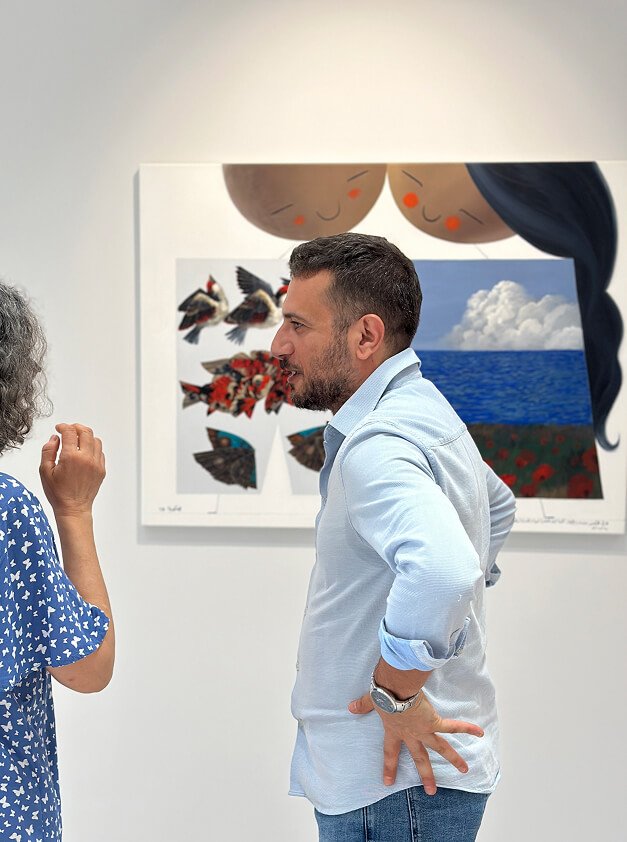
Fann À Porter, Majd Kurdieh 2024, artist portrait
The Future is Fragmented—And That’s Its Power
As art institutions worldwide confront the complexities of representation, this cohort of MENA artists is not waiting for an invitation. They are building their own frameworks, carving out spaces of visual sovereignty where personal truth becomes collective resonance.
Art is not just a reflection of where we come from, it’s a proposal for where we’re going. In the hands of these artists, heritage becomes not a weight, but a wellspring. One brushstroke at a time, they are painting new pathways home.
